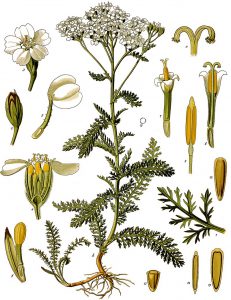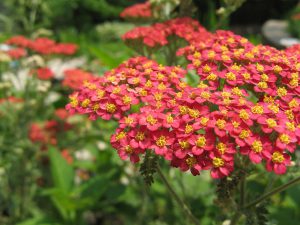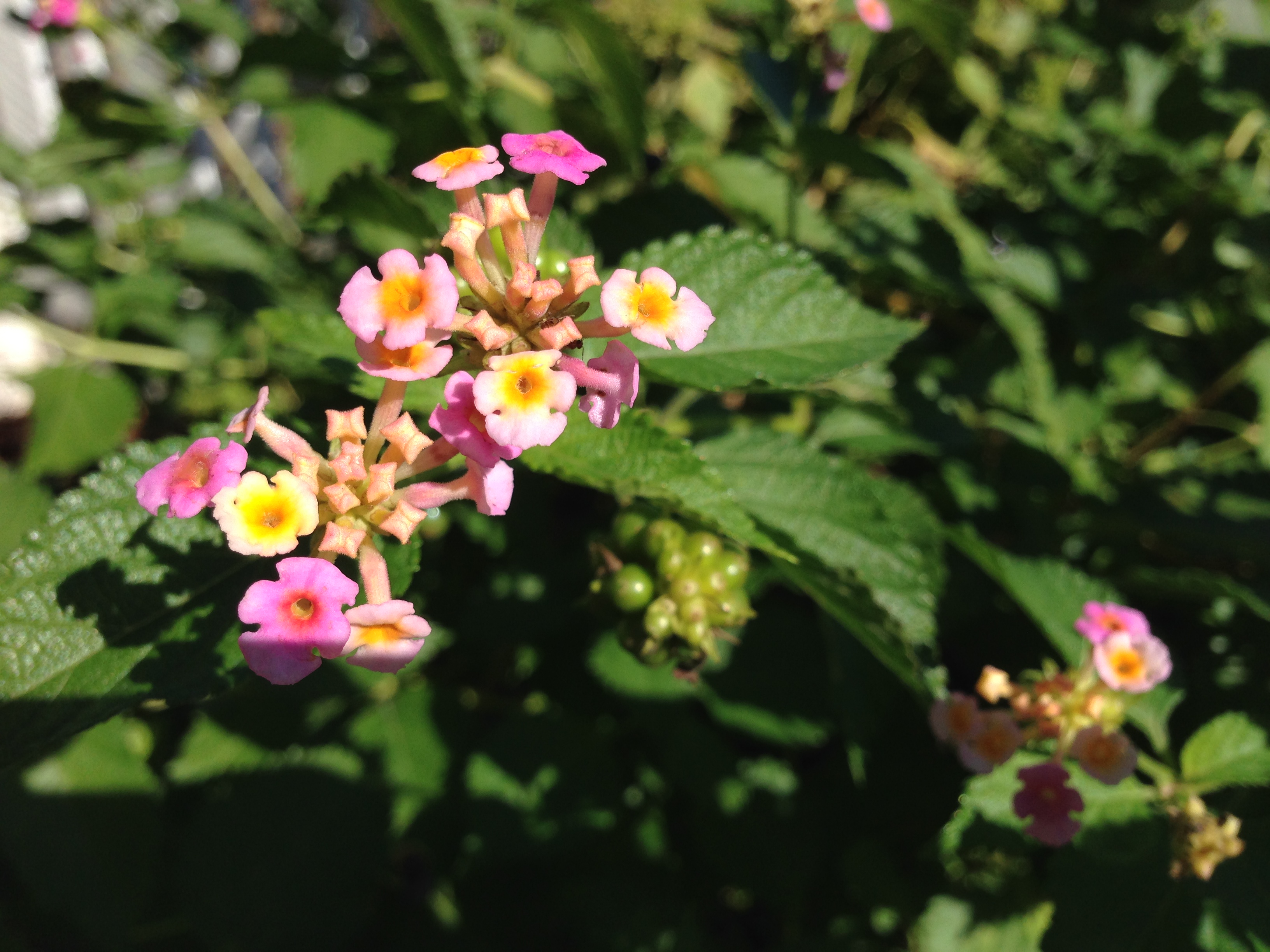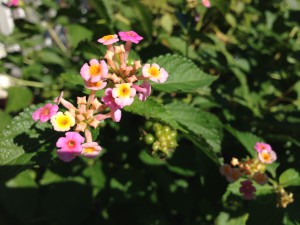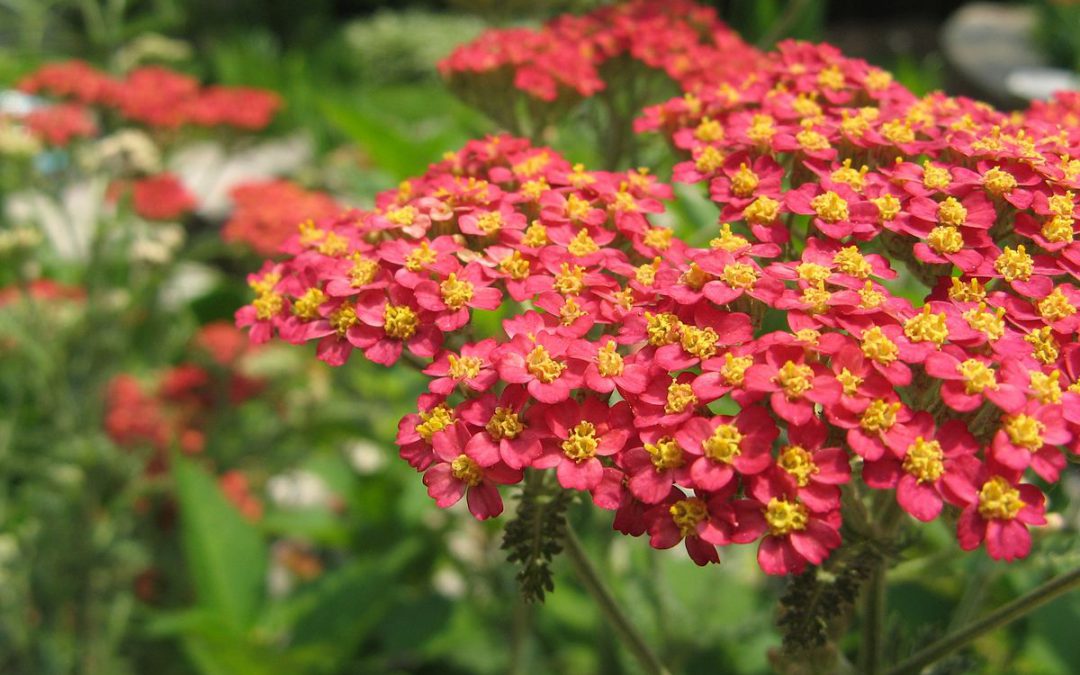
Yay for Yarrow
Gardeners delight in finding a versatile and resilient landscape plant, especially one that is easily shared. Unfortunately, when a plant checks off those characteristics, it usually finds itself on the invasive species list (see IFAS Assessment). Well, in the case of yarrow (Achillea millefolium), we get a tough plant that is easily propagated, has attractive blooms and foliage, attracts butterflies, and is considered native! As I’ll discuss below, it doesn’t come totally flawless.
Yarrow is considered a cosmopolitan species. It is found across the entire northern hemisphere and there has been a lot of mixing of native and introduced plants, causing much confusion amongst botanists. It is currently considered a single, though complicated, species. Much of the mixing is due to its history with man, being carried along all sorts of expeditions, even the mythical character Achilles, where the plants genus name comes from. The species name comes from the finely divided leaves – like a thousand leaves. It is in the daisy and sunflower family, called the Asteraceae, or composite family, due to the flower heads being composed of many individual flowers.
The cluster of flowers over the feathery leaved foliage is what makes yarrow stand out. The classic yarrow is white-flowered, but breeders have developed many cultivars in an array of colors, including red (‘Rosea’ or ‘Paprika’), pink (‘Cerise Queen’), purple (‘New Vintage Rose’), and yellow (‘Gold’ or ‘Lemon’). Yarrow is also great for its drought tolerance and has few pests or diseases that bother it. It is even reported to be deer resistant! It can be propagated by seed and is easily divided.
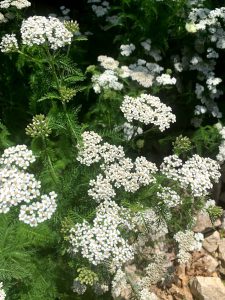
The common yarrow shows off beautiful white blooms over the feathery foliage. Credit: Rachel Mathes, UF/IFAS.
With all these great attributes comes one potential problem – it is considered toxic to dogs, cats, and horses. Yarrow contains a toxic alkaloid, called achilleine, that can poison some mammals. So, if you have an adventurous pet that likes to chew on random plants, then you may want to skip adding yarrow to your landscape. Achilleine is the same compound that has led it to be used by humans for centuries as a blood clotting agent. Achilles was said to have carried yarrow to the battlefield in Troy for his soldiers and the plant has been known as herba militaris and soldier’s woundwort. Of course, always consult a doctor for medical advice!
While not a good choice around Fido, yarrow can be a great plant for Florida gardeners. For more information on growing yarrow, see this Ask IFAS publication and this profile from Evergreen State University. You can also contact your local county extension agent for additional information on gardening and more.

